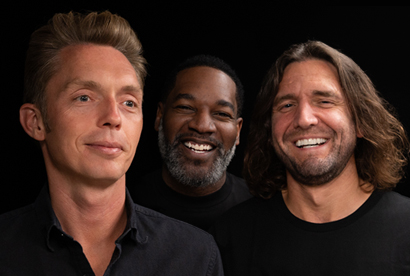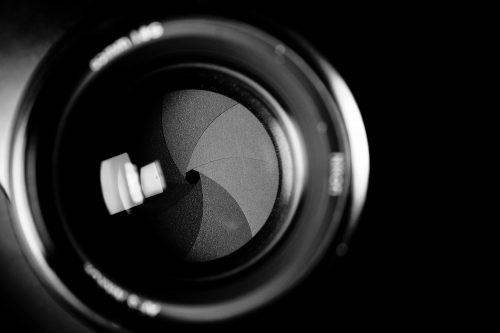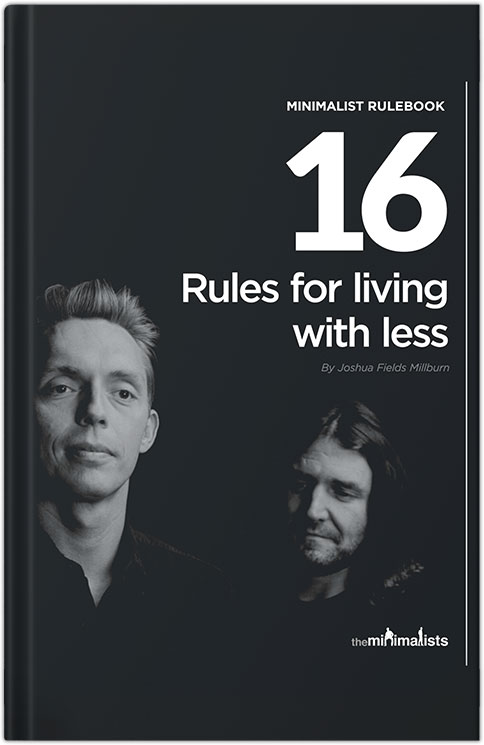We tend to use things to fill perceived gaps in ourselves and in our lives.
Feeling unhappy? Buy a thing. Feeling incompetent? Buy a thing. Feeling incomplete in some currently unnamed way? This thing will complete you; buy one.
We use new acquisitions, new things, to introduce change into our lives. I’m not feeling great right now, but what if I had those new shoes that looks so cool in the marketing materials? I’m not good at cooking yet, but what if I owned that expensive gadget or high-end chef’s knife? Surely that would cure what ails me? Surely the lack of that thing is why I can’t cut vegetables as quickly and evenly as they do on television?
The truth is, of course, that our things are not us. We are not made better by owning higher-end equipment, nor are we physiologically changed when we acquire new possessions. These things can augment and amplify what’s already there, but they very seldom fill our personal potholes and introduce something structural and real.
It’s possible to trigger a burst of dopamine and other pleasure chemicals by going through the acquiring-new-things process, but that doesn’t mean anything in our lives has fundamentally changed.
After the thrill of the chase, when the adrenaline of acquisition has worn off, things will almost always go back to the way they were before. The main difference is that we have fewer resources because of the time, energy, and money we spent on that new whatever.
Some things do actually add value to our lives, but this typically requires that a separate evolution take place.
It’s not enough to just buy that expensive chef’s knife: you have to grow as a chef, learn how to handle such a tool, and with time come to understand the limitations of the one you currently own. From there, it’s possible to enable new growth, to till the topsoil for your next steps by upgrading your equipment. But making such a purchase before that growth has taken place and expecting it to make you something you’re not—to grant you skills or a way of seeing things that you haven’t earned—is a fool’s errand.
It’s not new things, then, that stimulate growth: it’s reaching an apex of learning and experience, and then improving our equipment to help us with that new, steeper climbing grade.
It’s investing in upgraded tools so that we have something to live up to, rather than something that may keep us from demonstrating our true potential.
Ideally, we fill our lives with possessions that encourage growth, rather than things that either place a ceiling over our potential or encourage us to become stagnant and complacent.
In some cases, this’ll mean investing in a serious piece of equipment, an expensive course, or a time-consuming habit.
In other instances, an inexpensive guitar, a textbook checked out from the library, or a meal bought for an expert in a field about which you’d like to learn more could be just as, if not more, effective in helping you achieve your goals.
It’s easy to forget that we have options in this regard and to ignore the true purpose of the things we acquire.
What we’re often sold is a pill, not a process. We’re encouraged to opt for the easy, one-step solution, over any adjustments to our personal behavior or change in our perception. It’s far more difficult to sell someone on daily workouts and a moderated, diverse diet than on a prescription or procedure that promises impressive-looking body parts and lower cholesterol right out of the bottle.
But it’s almost always the former that will lead to internal change, inner-growth, and a hero’s journey, while the latter merely shuttles us to a preset destination, without requiring or allowing us to experience the landscape and growth-stimulating challenges in between.
Our possessions often serve as a coat of paint over whatever structure we’ve already built for ourselves.
It’s possible to invest in things that reinforce our load-bearing beams and doorways, of course, to buy stuff that helps us bolster our foundations and add a tasteful breakfast nook to the blueprint. But a coat of paint won’t hold up a ramshackle structure, and decorations won’t fix a cracked foundation.
Things can be valuable, can add to our enjoyment of life and sense of productive fulfillment and happiness. But they won’t create happiness or fulfillment or joy out of nothing. Things can only amplify what’s already there.
This essay was written by our minimalist friend Colin Wright—the man who introduced The Minimalists to minimalism. Colin currently has several events scheduled across the United States and Canada, where he’ll speak about minimalism, intentional living, travel, and more. And if you’re nice, he might let you touch his perfect hair.
You May Also Enjoy
How to Start a Successful Blog TodayLearn how to start a blog in less than an hour. Follow the step-by-step instructions we used when starting our blog, which now has reached more than 20 million people. Creating this blog is one of the best decisions Ryan and I ever made. After all, our blog is how we earn a living. More important, it's how we add value to other people's lives. Read more
30-Day Minimalism GameLet's play a simple game together. We call it the 30-Day Minimalism Game. Find a friend, family member, or coworker who's willing to minimize their stuff with you next month. Read more
11 Ways to Write BetterWe are all writers now. Whether you write books, blog posts, emails, Instagram captions, or text messages, you are a writer. No matter your preferred medium, here are a few tips to help you write more effectively. Read more


